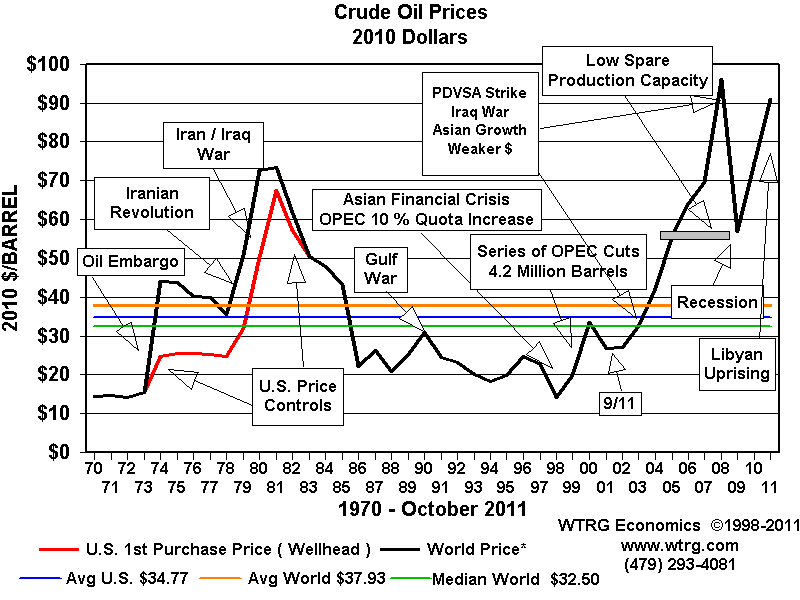
Since I recently visited New Zealand in January and learned all about what sustainability means to their culture, I decided to do a little more research on the geothermal energy that is present there. One of the places that we visited were the hot springs in Rotorua. The city actually got its name, "Rotten" from the awful rotten egg smell from the sulfur released into the air from geothermic activity. And let me just mention, They were not joking around when they say it stinks there! Anyways, the Rotorua geothermal field underlies much of Rotorua City and the southern margin of Lake Rotorua. The natural features associated with the field, particularly the geysers and hot springs of Whakarewarewa, are one of New Zealand's foremost tourist attractions.
Some background on the creation of geothermic energy:
Geothermal energy is ultimately derived from the heat contained in the core of the earth and from radioactive decay within its mantle. At high temperatures and pressures within the mantle, melting of mantle rock forms magma which rises towards the surface carrying the heat from below. In some regions where the earth's crust is thin or fractured, or where magma bodies are close to the surface, there are high temperature gradients. Deep faults, rock fractures and pores allow groundwater to penetrate towards the heat source and become heated to high temperatures. Some of this hot geothermal water travels back to the surface through buoyancy effects to appear as hot springs, mud pools, geysers, or fumaroles. If the ascending hot water meets an extensively fractured or permeable rock zone, the heated water will fill pores and fractures and form a geothermal reservoir. These reservoirs are much hotter than surface hot springs, reaching temperatures of more than 350°C, and are potentially an accessible source of energy. Geothermal areas are commonly close to the edges of continental plates, and New Zealand straddles an active fault line where two giant pieces of the earth's surface are in a constant state of collision. Around the central North Island, one piece is creeping slowly under the other, generating enormous amounts of subterranean heat and volcanic and geothermic activity.
Geothermal and volcanic activity have sculpted the landscape at Rotorua in every direction. The many beautiful lakes are water-filled craters from violently explosive eruptions. Giant sleeping volcanoes rise all around and gently oozing lava has created conical hills and islands. Silica terraces and the edges of ponds have been beautifully coloured by minerals extracted from deep inside the earth by the rising superheated water and steam. Because of the extreme amount of geothermal activity, Rotorua has also been known for being a spa town. Also, More than 900 shallow wells have been drilled at Rotorua to provide hot water for private homes, hospitals, schools, motels, hotels, and other commercial and industrial uses. At peak use, around 430 wells were operating. About 90 of the wells are less than 200m deep and typically recover geothermal fluid at temperatures of 120 to 200C. Below are the potential energy usage at various temperatures:
30-69ºC- thermoculture, bathing
70-140ºC- space and water heating, drying
140-220ºC- drying, process heat, binary electrical plant
220+ºC- steam turbine and binary electricity or process steam
New Zealand's geothermal resources have a long history of utilisation. Geothermal areas are important to Maori, the original settlers of New Zealand, who use the heated waters for cooking, washing, bathing, warmth, preserving, ceremonial use and healing. Maori also use geothermal minerals as paints, wood preservatives and dyes. However, the main use of geothermal energy in New Zealand is for electricity generation. About 11% of New Zealand's primary energy supply comes from geothermal resources, which contribute about 7% of electricity supply. These geothermal features present in New Zealand are also a major tourist attraction, which the Kiwi's depend on for sustaining their economy.
So, what are the benefits of using geothermal energy, at least in New Zealand?
Well, when properly developed and managed, geothermal systems are a clean, abundant, and reliable source of renewable energy. Use of geothermal energy for electricity generation or for direct use conserves non-renewable and more polluting resources. Installed geothermal electricity generation capacity world-wide is equivalent to the combustion of nearly 30 million tons of coal or the output of about 10 nuclear plants. Geothermal energy is effectively a renewable resource that does not consume any fuel or produce significant emissions. Although some geothermal fields have been degraded in New Zealand, none have ever been exhausted and sustainable development is possible. Geothermal energy also has the advantage over other renewables that it is independent of climatic variation.
Geothermal energy is a relatively low-cost and indigenous generation option that can contribute to New Zealand's growing demand for electricity. It is uniquely reliable, with geothermal power stations typically achieving load factors of 95%, compared to typical load factors of 30 - 50% for hydro and wind power stations. The Wairakei power station has operated at a load factor of more than 90% for over 40 years with low operating costs. This inherent reliability makes geothermal generation a valuable component in a diverse electricity supply system such as New Zealand's.
Here is a link to a geothermal plant in New Zealand if you are interested in learning more:














